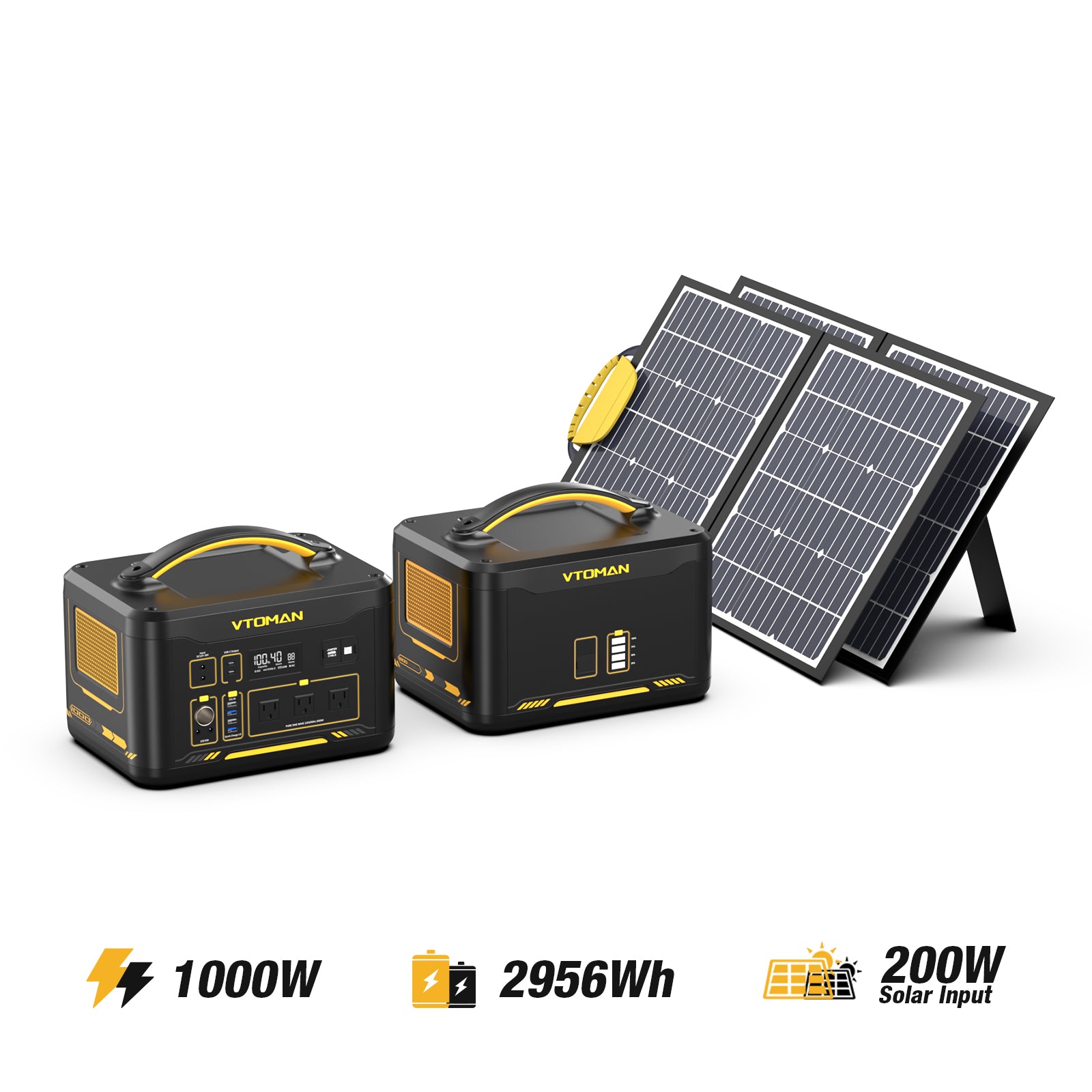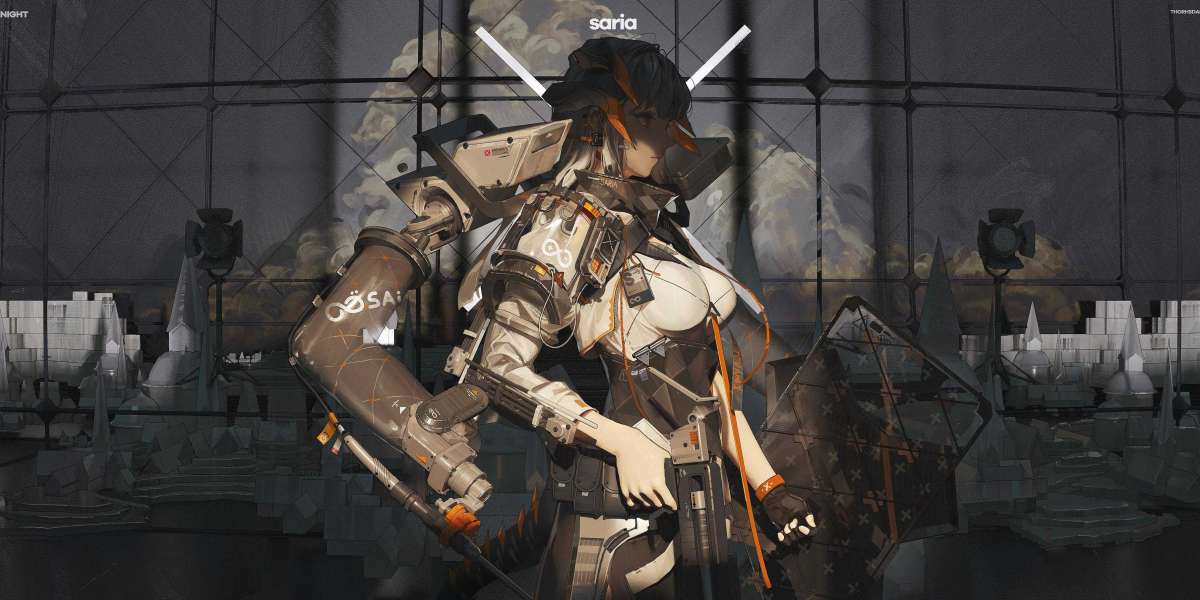When it comes to industrial-grade backup generators, there are several key features that are essential for ensuring reliable and efficient power supply during emergencies. Whether you are in the manufacturing, healthcare, or telecommunications industry, having a backup generator that meets your specific needs is crucial. In this article, we will explore the top features to look for in industrial-grade backup generators to help you make an informed decision.

1. Power Output
One of the most important features to consider when choosing an industrial-grade backup generator is its power output. The power output of a generator is measured in kilowatts (kW) and determines how much electrical load the generator can handle. It is essential to assess your power requirements and choose a generator that can meet or exceed those needs. Consider factors such as the size of your facility, the number of critical systems that need to be powered, and any future expansion plans.
For example, if you have a manufacturing facility with multiple production lines and heavy machinery, you will need a generator with a high power output to ensure uninterrupted operation during a power outage. On the other hand, if you have a small office space with minimal power requirements, a generator with a lower power output may be sufficient.
2. Fuel Type
The fuel type of an industrial-grade backup generator is another important consideration. Common fuel options include diesel, natural gas, and propane. Each fuel type has its own advantages and disadvantages, so it is crucial to choose the one that best suits your needs.
Diesel generators are known for their durability and reliability. They are often preferred in industrial settings due to their ability to handle heavy loads and provide consistent power output. Natural gas generators, on the other hand, are cleaner and more environmentally friendly. They are a popular choice for facilities located in areas with access to a natural gas supply. Propane generators offer similar benefits to natural gas generators and are often used in remote locations where other fuel options may not be readily available.
3. Transfer Switch
A transfer switch is a critical component of an industrial-grade backup generator system. It is responsible for automatically transferring the power source from the main grid to the generator during a power outage. A high-quality transfer switch ensures a seamless transition and minimizes downtime.
Look for a generator that comes with a transfer switch that is compatible with your facility's electrical system. It should have features such as automatic start and stop, load shedding capabilities, and the ability to synchronize with the main grid when power is restored. Additionally, consider the type of transfer switch, such as open transition or closed transition, based on your specific requirements.
4. Remote Monitoring and Control
In today's digital age, remote monitoring and control capabilities are becoming increasingly important in industrial-grade backup generators. These features allow you to monitor the generator's performance, receive real-time alerts, and control its operation from a remote location.
Remote monitoring and control can help you identify any issues or maintenance needs before they become major problems. It also provides the convenience of managing the generator's operation without being physically present on-site. Look for generators that offer user-friendly remote monitoring and control interfaces, compatible with mobile devices and computers.
By considering these top features when choosing an industrial-grade backup generator, you can ensure that you select a reliable and efficient solution that meets your specific power needs. Remember to assess your power requirements, consider the fuel type, evaluate the transfer switch capabilities, and explore remote monitoring and control options. Investing in the right backup generator will provide you with peace of mind and minimize the impact of power outages on your operations.








